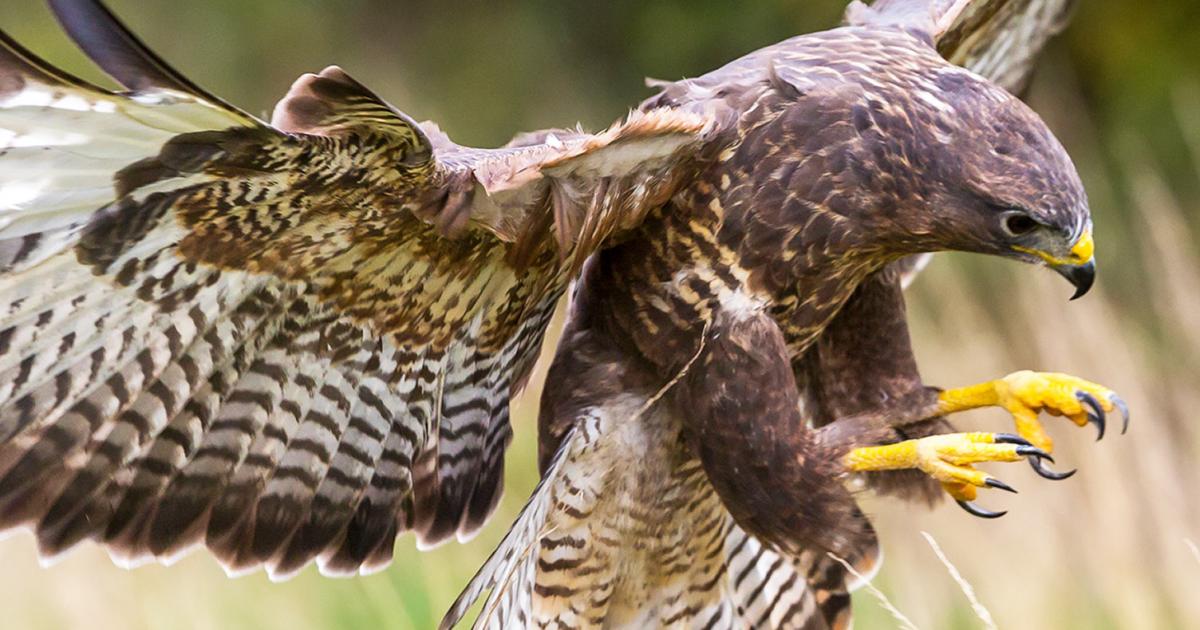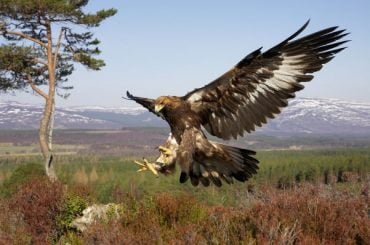Table of Contents
Have you ever wondered about how many types of birds of prey or raptors are present on this earth? This question is for all the bird lovers who get mesmerized by these little creatures flying across the sky. Just like any other species on this planet, birds happen to be known as one of the most versatile and evolving creatures. If we read their ancestral history, we will find the resemblance of their characters with fishes and how their forelimbs developed into wings to help them fly.
Since animals’ eating and hunting habits differ a lot, the birds of prey also follow a particular pattern of hunting and catching their prey. It may interest you that the raptors catch their prey through their feet rather than mouths or beaks, which makes them quite unique.
In this article, we are going to discuss the variety of birds of prey found in the wild.
What Are Birds of Prey?
The characteristic features of the birds of prey are sharp talons, keen eyesight and hooked bills, making them look breathtaking while flying across the sky.
Birds of prey, or raptors, are a unique species of birds that have acute vision with 4.00,000 photoreceptor cones per square millimetre on the retina compared to 2,00,000 in humans resulting in the centre of sharpest vision in these birds.
However, when it comes to the hearing capacity of birds of prey, their efficiency is comparatively low than that of humans. Also, they hunt mainly during the daytime, making them fall into the category of Diurnal birds. But some nocturnal owls go on a hunt completely after dark. Talking about their eating habits, birds of prey usually feed on small mammals, reptiles, insects, fish, and molluscs, whereas some vultures prefer to eat carrion.
Common British Birds of Prey to Spot in The Wild
It will be your one lucky day if you spot any British bird in the wild, but what if you will not be able to identify the beautiful creature?
Sad, right? So, to help you identify and gain knowledge about the varieties of birds of prey, we have created this list.
1. Common Buzzard
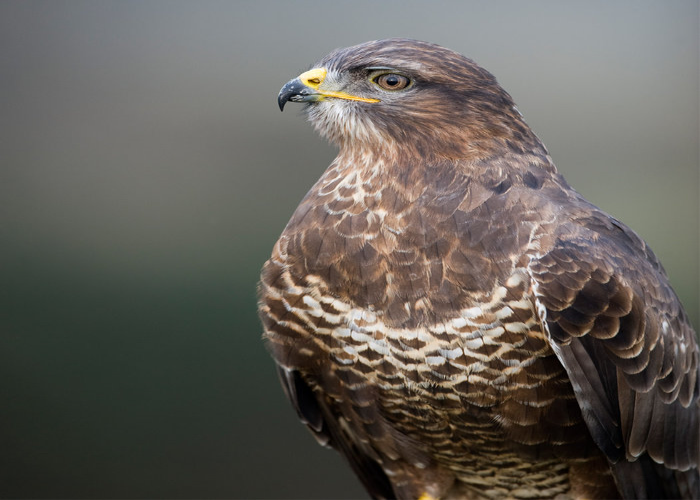
The common buzzard is a medium to large-sized raptor with remarkably variable plumage. Most of these birds of prey are brown and heavily marked, whereas some of them are entirely white. The reason behind their less popularity is their laziness in flying at the live quarry. In addition, the common buzzards enthusiastically eat carrion, making them vulnerable to poison baits which are often kept for other predators such as foxes.
2. Long-eared Owl
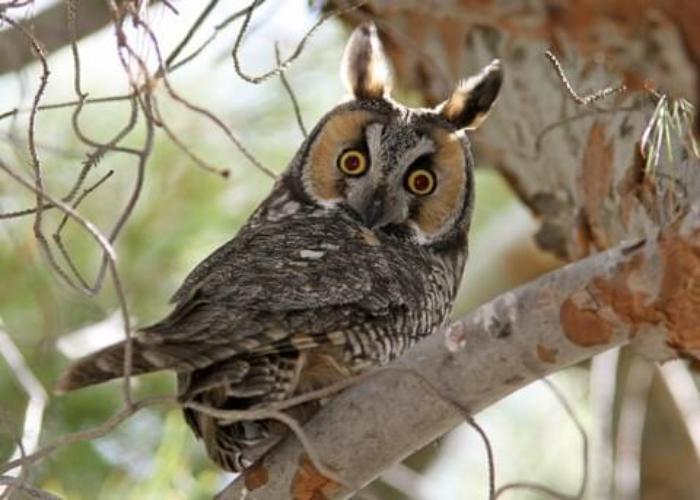
Asio otus, commonly known as the long-eared owl, is a medium-sized, round-headed owl with long ear tufts. They are one of the most widely distributed species of owl in the world. They are specialised predators who enjoy eating small animals like rodents. Long-eared owl usually does not build their nest; they tend to make a home in a nest that is made by other animals. They are often characterized as nomadic as they do not settle and migrate to different places at the time of harsh climatic conditions.
3. Eurasian sparrowhawk
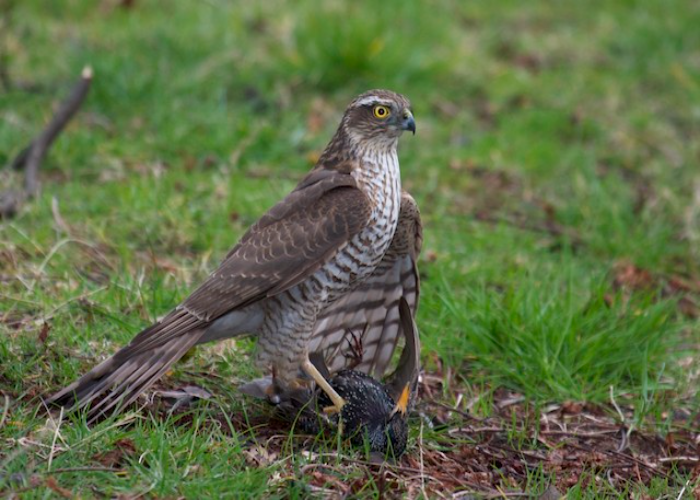
A fascinating fact to know about a Eurasian Sparrowhawk is the difference in the appearances of the two sexes. The female Eurasian Sparrowhawk is comparatively 25% larger than the male ones. These birds of prey specialised in hunting woodland birds. It is also known that a female Sparrowhawk of average weight can survive for seven days without feeding, which is three days more than the male Eurasian Sparrowhawk of the same average weight.
4. Rough-legged Buzzard
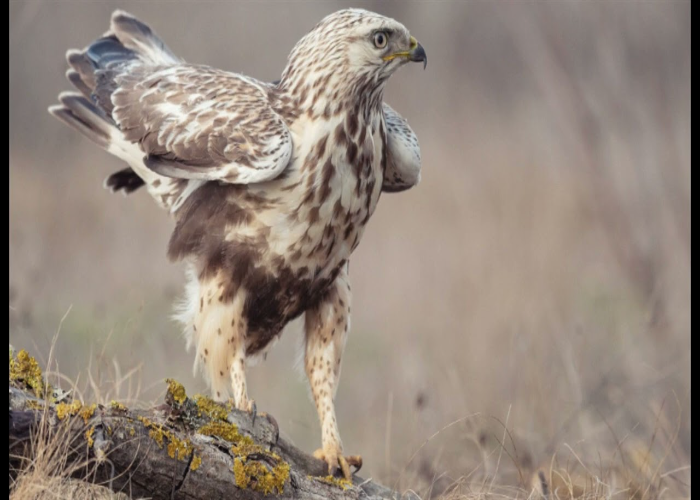
The rough-legged buzzard is very much similar to the common buzzard. They have black-tipped white tails, a pale appearance than most of the common buzzards, wide, longer wings and even white heads. Also, do not forget to notice their unique heart-shaped face, which can catch the attention of many people in one sight. Such birds of prey, like rough-legged buzzards, have feathered legs strangely, which is why they are recognized with this name.
5. Common kestrel
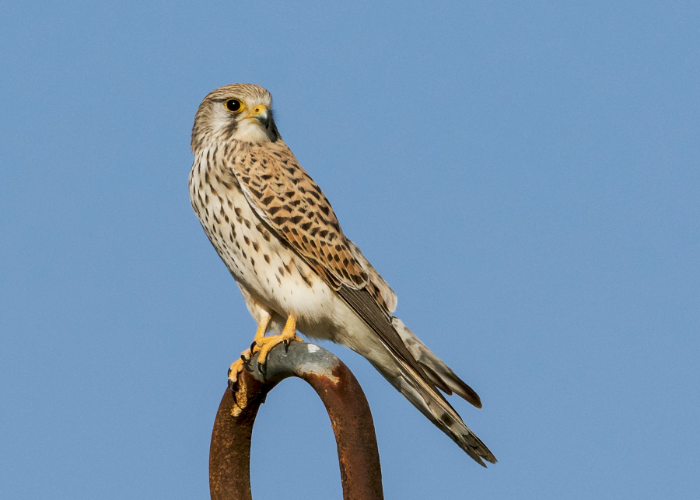
The male common kestrel has a grey head and chestnut-coloured plumage decorated with small dark brown dots. On the other hand, females are comparatively larger than male Common Kestrel, and with bars and streaks instead of spots and a darker crown. These birds of prey are common to be found in grasslands and heathlands. You can also see them hovering alongside verges. And sometimes, they also break the pattern and roam in the larger town and cities of the UK, which means they have remarkably camouflaged themselves with the urbanization of the country.
6. Barn owl
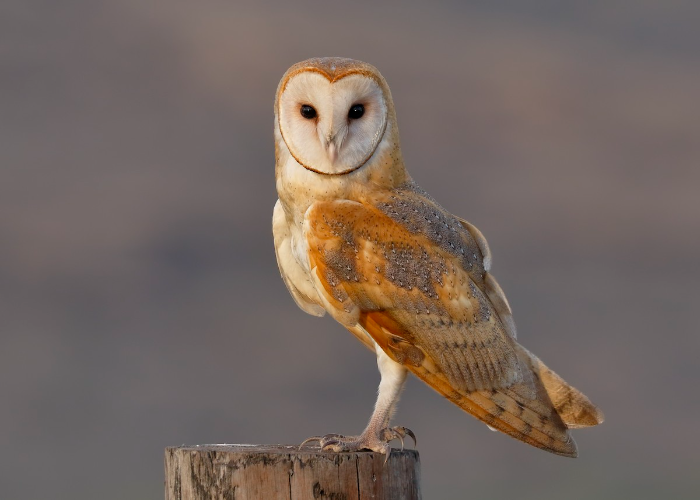
The physical appearance of these birds of prey is what can excite you the most. The countryside barn owl will amaze you with its strikingly distinguishing features like their heart-shaped face, stark black eyes and deep V over the bill. Their golden and yellow body is slightly slender and helps to increase the efficiency of hovering near the small mammals before catching them as their prey. You will love to see them in open grassland, marshes and farmland, shrilling and shrieking.
7. Red kite
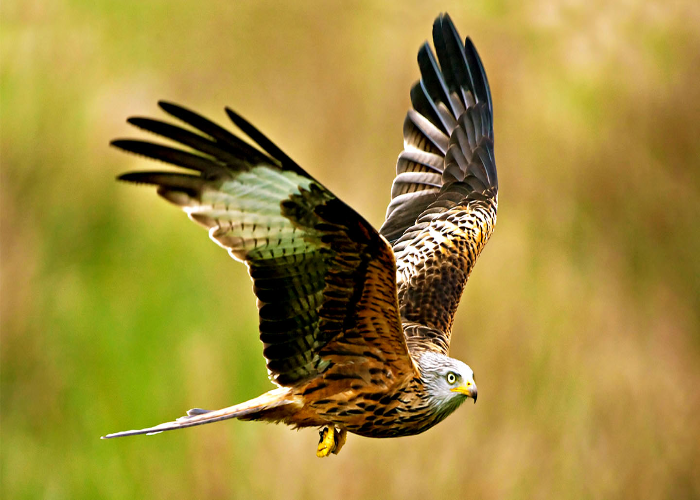
The popularity and beauty of the Red kite birds are what makes them most graceful and eye-catching. But did you know these birds of prey were almost saved from extinction by one of the longest-running conservation programmes in the world? Perhaps, you don’t. The red kite is now finally restored to both Scotland and England. Also, some of the population are seen in Wales as well. The beautiful reddish-brown feathers, white head and deep dark streaks throughout the body of the Red kite birds make them easily identifiable.
8. Golden eagle
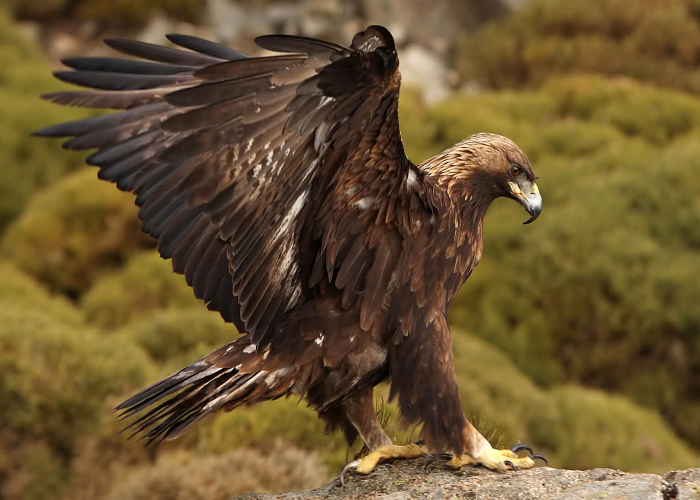
These large birds of prey catch their prey using wings to soar on air currents. Also, you can sometimes find them chasing other birds in flight. Golden Eagle has a dark brown appearance with golden-brown nape and a buff band across the upper wing. Their heavily feathered legs and feet are yellow in colour with bluish hints. They are commonly found in the mountains, moors, coastal cliffs, and even in the forest of Scotland.
9. Tawny owl
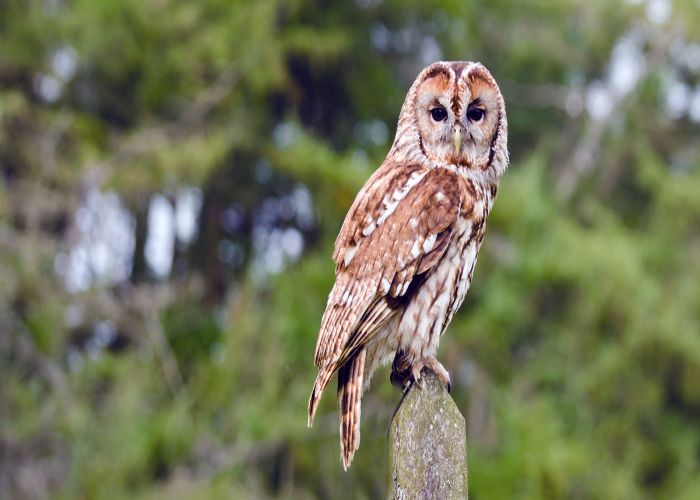
These species of owl do not fly across the ocean or above any water body in general, so the chances of not finding them in any of the islands are really high. However, you can find the Tawny Owl flying all over the Uk Isles. Their unique round head, dark brown and larger body make them different from the barn owl. They are identified by their reddish-brown or very rarely grey feathers and light-coloured faces.
10. European-honey buzzard
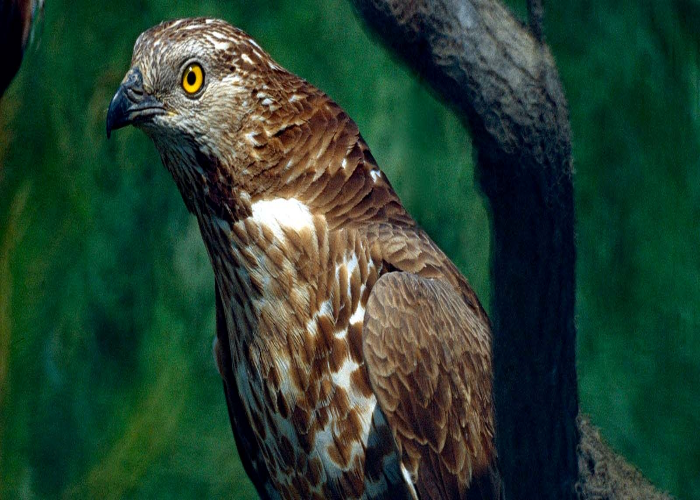
This bird of prey UK is a massive bird with wide wings and a long tail. Their appearance can vary, but they mostly appear as grey-brown with white underparts. They have beautiful yellow eyes and an attractive black tip on the bill. They are usually found throughout the UK in forests, woodland, farmland and parks. European-Honey Buzzard is quite an intelligent bird as they make their nest at a place out of sight of hunters or egg collectors to protect their eggs.
Hunting Patterns of The Birds of Prey
Birds of Prey are widely spread throughout the country. The varieties of these birds are found in forests, grassland, wetland and coastal cliffs. But, the most common type of habitat for British birds is the countryside or farmland, where they can hunt seamlessly. In order to know about the Birds of Prey, it is important to trace their habitat and observe their distribution. The eating habits of the birds of prey vary greatly. Many different bird species, such as kestrels, buzzards and harriers, use a special type of hunting technique called hawking, where the birds spot the potential meat below them at the time of flying and quickly stoop towards the ground to catch it with their talons before flying again in the sky. With the help of the claws, they develop a firm grasp over their prey.
Conclusion
In conclusion, we can say that birds of prey are the most versatile and widely found species. The beautiful plumage, colourful feathers, aesthetic yet unique patterns on their bodies, and prominent eyes make them completely adorable birds. You can find information about differences in their patterns of hunting, their ability to hide and protect eggs, and their flying patterns even more in this article.
Moreover, the gained popularity has become dangerous for these birds as they have been hunted down by multiple poachers. Various conservation programmes have also been initiated to protect the birds of prey from getting extinct. In addition, urbanization and cutting down forests is also affecting the lives of many wild animals, including birds.
Hence, it is our duty to preserve these beautiful birds so the coming generations can also get an opportunity to witness the British birds.
Frequently Asked Questions (FAQs)
What Is The Most Common Bird of Prey?
The most common and widely seen bird of prey UK is the common buzzard. They have beautiful large body, and their eating patterns include feeding on small mammals. Due to the effect of multiple Conservation efforts, the buzzard population has increased significantly. Buzzards are one of the most widespread birds of prey UK, with a population recorded more than 500,000.
What Are the Causes for The Extinction of Birds of Prey?
Urbanization, leading to the cutting down of trees on a large scale, illegal hunting practices, also some individuals targeting rare species for the purpose of research and analysis, and consumption of pesticides are some of the many reasons for the extinction of Birds of Prey.
What are the Common Breeding Habits of Birds of Prey?
Birds of Prey are very particular when it comes to making their nests and protecting their eggs. They often choose an isolated place where no other wild animal can invade. After choosing the right hiding place, they build their nest using soft twigs, dried mosses or detached feathers. Understanding or getting familiar with the breeding habits of British birds helps you to know their life cycle and their contribution to the environment.

